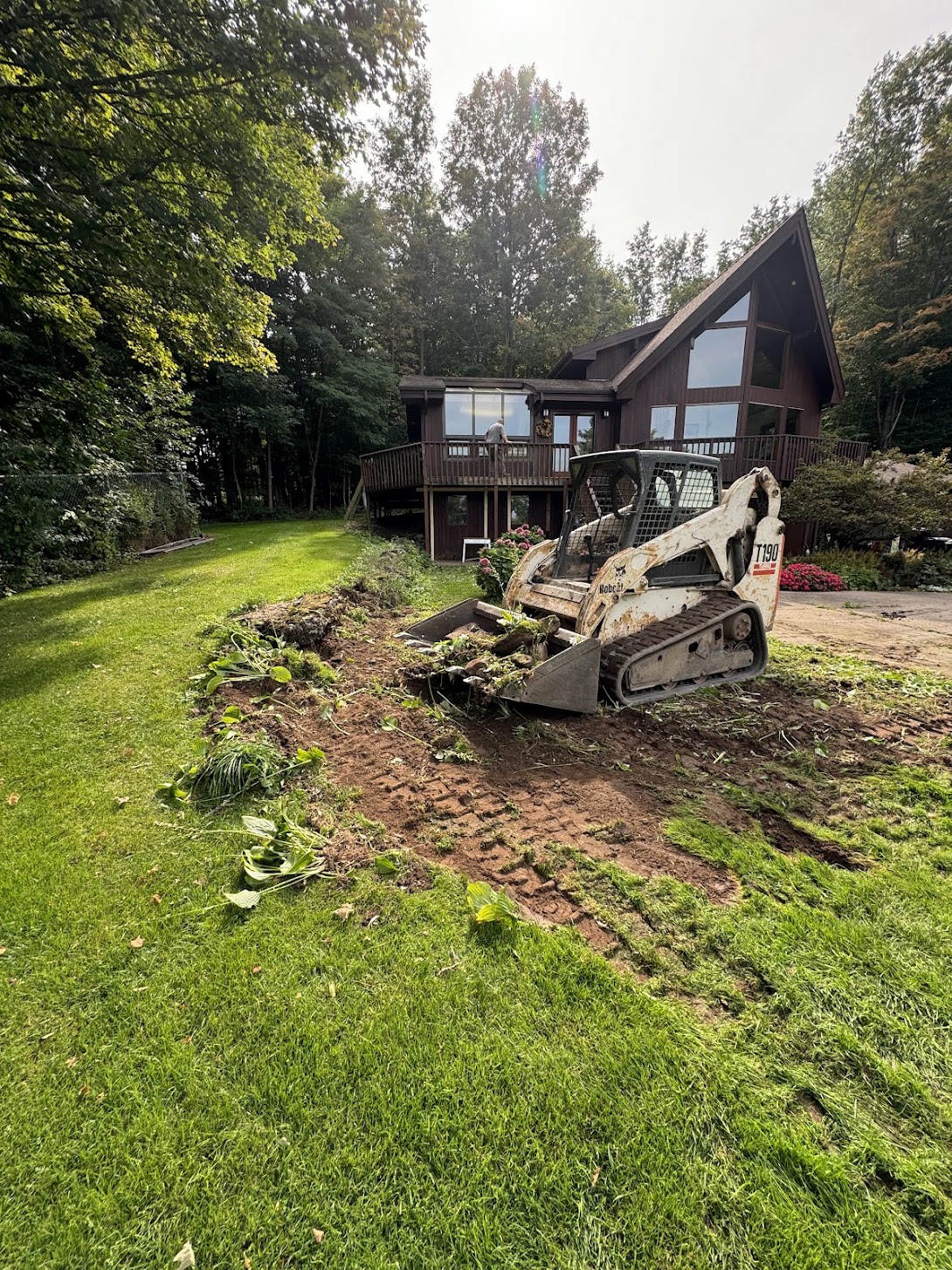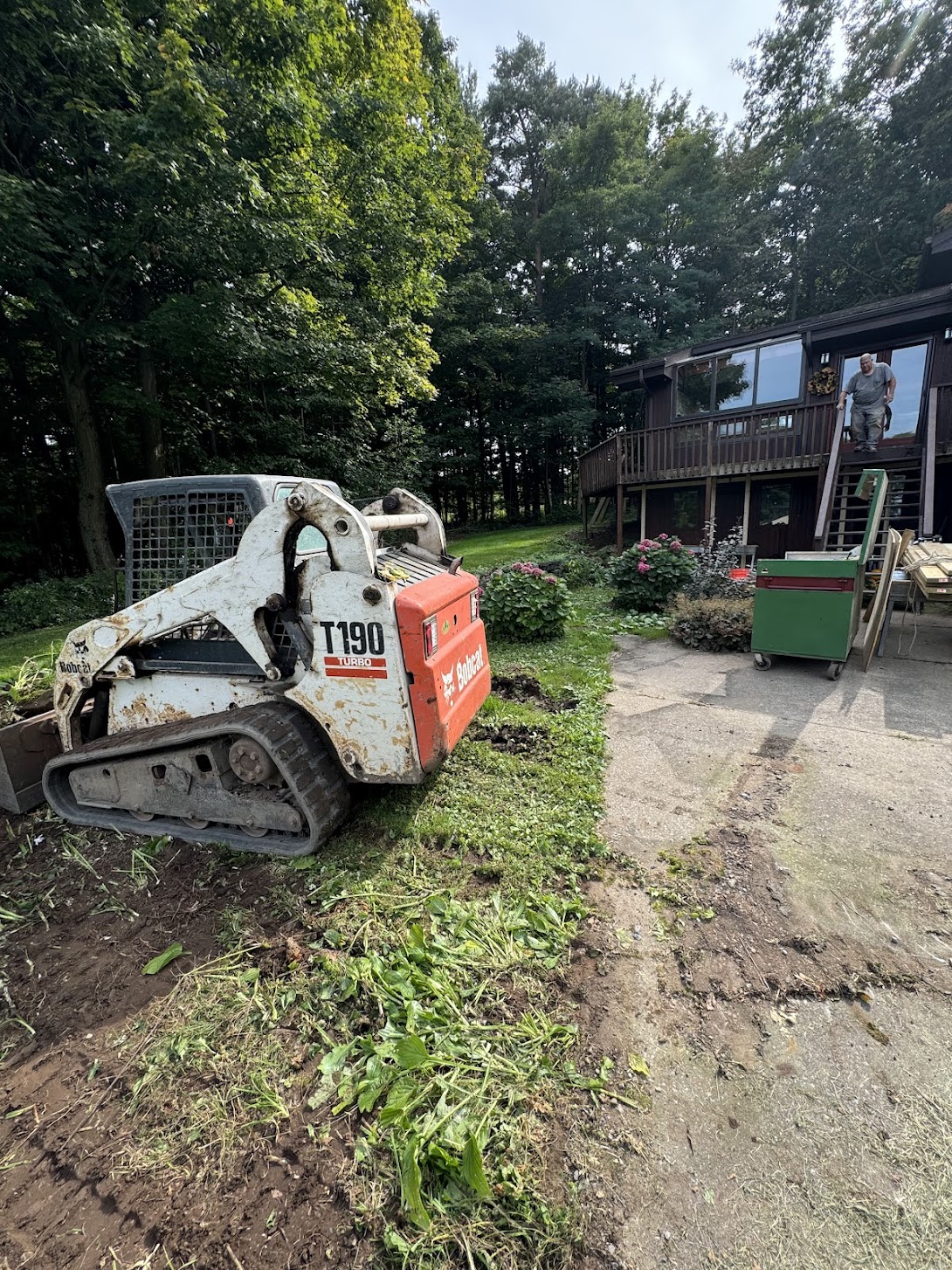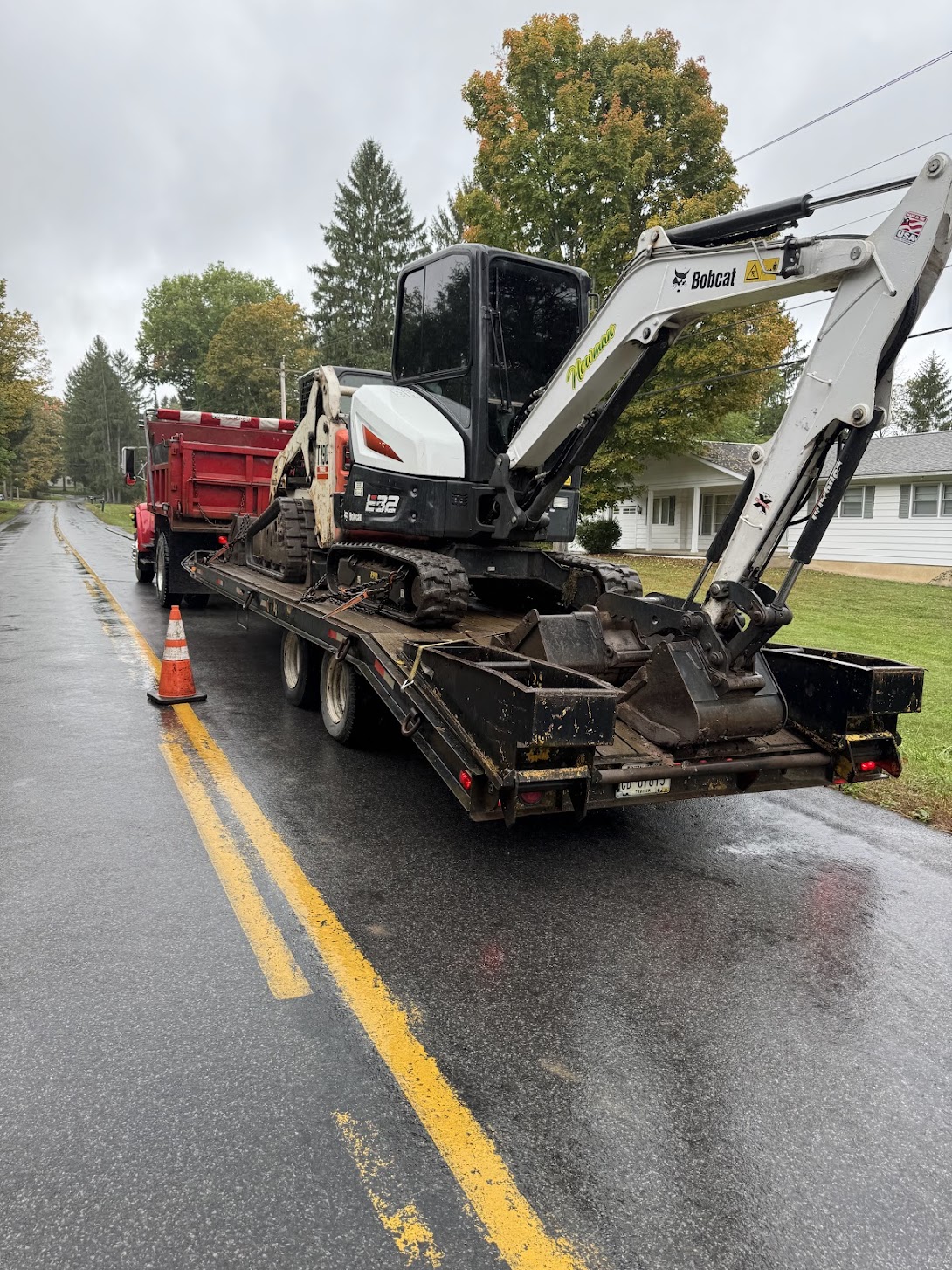Essential Excavation: What Moving Dirt Really Involves
Introduction: Excavation may seem simple from the outside, as if someone simply hops into a machine and starts scooping away. In reality, moving dirt is a meticulous operation that requires precise timing, understanding of soil behavior, and careful planning that begins long before the first bucket hits the ground. With fall rains on the horizon in October, a smart approach keeps projects on track and budgets intact, without surprises thrown into the mix.
Excavation Basics For Real-World Projects
Site Preparation Starts Before The First Scoop
The work begins with site preparation, because dirt only moves effectively when the setup is right. Think of it as staging the job so machines can move freely, materials can arrive, and spoils have a place to go. A crew will confirm elevations, establish access, and define haul routes to prevent trucks from getting stuck or crossing the same path repeatedly throughout the day. Utility locations come next, and they are non-negotiable. Marking gas, electric, water, sewer, and telecom lines keeps everyone safe and prevents costly repairs that can stall a timeline.
Once the surface is open, soil inspection takes center stage. Topsoil is stripped and stockpiled, then subgrade conditions are checked for moisture and bearing strength. If the soil is too wet, it smears and clumps, which bogs down equipment. If it is too dry, it powders and drifts, which is tough to compact later. This is where October’s cooler temperatures help, since evaporation is better, and crews can manage moisture with a lighter touch. All of this happens before the full dig depth is reached, so the excavation follows a stable plan rather than relying on guesswork.
Earth Work Means More Than Just Moving Soil
Earthwork is the catch-all term for the process of cutting, excavating, transporting, and compacting soil. It includes the math behind balancing a site, where the soil you remove from high areas becomes the fill for low areas. When a project is well-balanced, fewer trucks are needed, resulting in time savings. When it cannot be balanced, crews plan for import or export and then assign equipment sized to the volume, ensuring production targets remain realistic.
The texture of the soil also controls the pace. In places like Westmoreland, Utica & Rome NY, the soil can be extremely clay-heavy. Clay behaves differently from loam or sand, and each needs a tailored approach. Clay holds onto moisture and resists shaping, so you might see a crew break up the lifts, work in thinner layers, and allow it to breathe. Sand is easy to dig into but tends to cave in, so cuts are shaped with gentler slopes. Loam sits in the sweet spot, easy to move and friendly to compact. Knowing these tendencies is the difference between a hole that holds its shape and one that sloughs into itself at the first vibration.

Excavation Equipment, Methods, And Material Flow
Site Preparation That Guides Machine Choice
Good site preparation clears the way for the right iron. Tight lots favor compact excavators that swing without tail overhang, while open pads welcome larger tracked units that move volume quickly. If haul routes are soft, crews may lay down temporary stone or mats to keep dump trucks rolling. Staging areas are marked so excavators can load from one side without spinning in circles, which saves fuel and cuts cycle time.
The method depends on what the project needs. Basement digs often step down in benches for stability, while utility trenches follow a straight line with bedding set ahead of the pipe crew. On sloped ground, operators cut terraces and work across the face rather than straight down. That kind of sequencing protects the subgrade from rutting and keeps slopes from unraveling. When the plan fits the site, machines flow like a small orchestra, each performing a focused task that contributes to a clean production.
Earth Work Logistics From Cut To Fill
Once the first bucket is out, material flow determines how smooth the day runs. Short, steady hauls beat long waits every time. Operators will position stockpiles where loaders can reach them in a single move, which keeps the excavator digging instead of pausing. If fill is needed, crews place it in thin lifts, then compact right away so the layer beneath supports the next one. This prevents future settlement under patios, driveways, or foundations.
Moisture control is a constant conversation in earthwork. If the soil arrives at the fill too wet, a roller can only do so much. Crews open it up, let the air in, and turn it with the bucket until it hits a workable feel. Too dry, and they add water at the lift to ensure uniform compaction. A project that respects these small adjustments avoids wavy grades and keeps inspectors happy when the proof roll begins. It sounds fussy, but those little corrections make the finished surface look as if it were drawn with a ruler.

Excavation Quality, Safety, And Clean Finish
Site Preparation For Drainage, Compaction, And Utilities
Quality starts where water wants to go. During site preparation, a crew sets up temporary drainage to prevent rain from flooding the work area. Simple swales and a pump can save a morning after a heavy shower. As the dig takes shape, elevations are checked often with lasers or GPS, not once at the end. Every pass with a bucket or blade is an opportunity to approach the design grade, thereby reducing the need for corrections later.
Safety is baked into the layout. Trenches are protected with shoring or boxes once they reach the regulated depth, and spoil piles are kept back from the edge to prevent the weight from pushing the wall inward. Utility crossings are flagged in advance and then exposed by hand before a machine approaches. These habits might feel slow on day one, yet they are what allow a project to finish at full speed, without a stop that eats a week and a half of budget.
Earth Work Closeout, Haul-Off, And Grading
As earthwork wraps up, there is usually excess material that does not fit the plan. The crew decides what stays for shaping and what needs to be hauled off. Clean fill can be reused on-site, while debris or unsuitable soil is loaded for disposal. Efficient hauling is about timing the trucks so the excavator never waits with a full bucket. That rhythm makes the difference between a short day and one that drifts into overtime.
Finishing is where the site begins to resemble the drawing. Subgrades are trimmed to the final tolerance, ensuring that hardscaping or concrete crews inherit a smooth, compacted base. Topsoil that was stockpiled earlier returns in a neat blanket, ready for seed or sod. The last checks confirm slopes shed water and that edges are crisp. When you walk the site and it feels quiet, no puddles, no ruts, just clean lines, that is how you know the excavation set every next trade up for success.

Conclusion
Excavation is not just dirt in a bucket. It is a sequence of decisions that respect the soil, the weather, and the plan, so your project moves without drama. If you want that kind of steady, careful approach on your property, the team at Newman Landscaping & Excavating is ready to help. Share your goals, share your timeline, and let a pro handle the digging, grading, and cleanup. Contact us today, and a friendly project lead will guide you through the next steps, provide a clear estimate, and arrange a start date that suits your schedule.
SERVICES
Landscaping
Fire Pits
Lawn Mowing
Pavers
Holiday Lighting
Snow Removal
Pest Control
Mulching
Lawn Aeration
Sod
Patios
Outdoor Kitchens
Retaining Walls
Lawn Care
Trimming
Lawn Edging
Excavation
Landscape Design
Drainage
Lawn Grading
Landscape Lighting
Deicing
Snow Blowing
Driveway Sealing
SERVICE AREAS
Westmoreland
Utica
Rome
Oneida
German Flatts
Vernon
Lenox
Frankfort
Verona
Vienna
Sherrill
Floyd
Sangerfield
Canastota
Herkimer
Chittenango

"*" indicates required fields
 (315) 853-3798
(315) 853-3798 sales@newmanlandscaping.com
sales@newmanlandscaping.com